Frosolone. Glimpses of the historic center
2025
You may also like
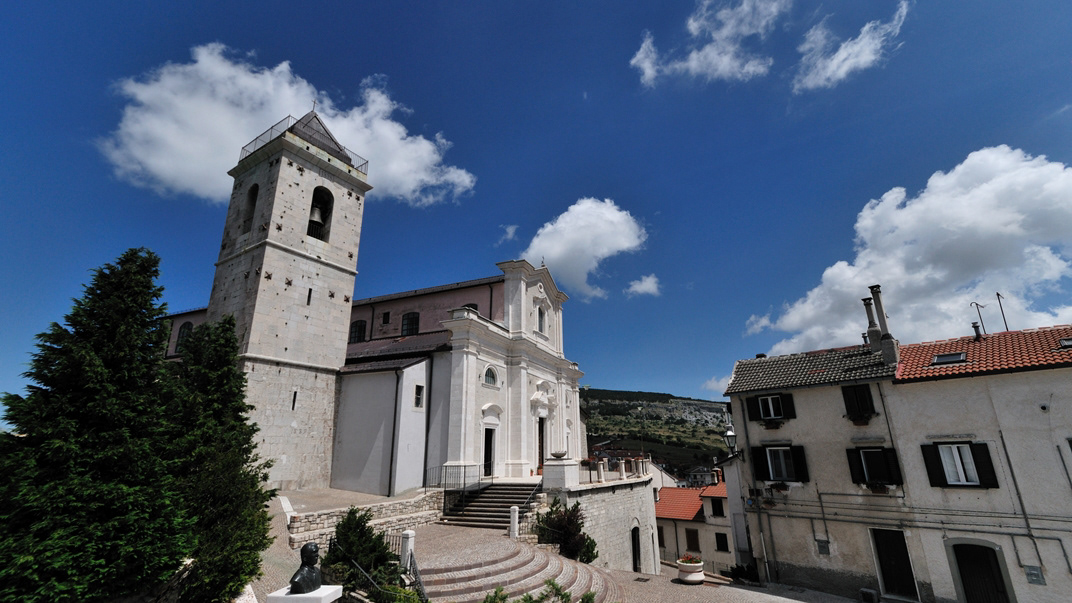
2015
Capracotta (IS)
Capracotta è un comune italiano di 871 abitanti della provincia di Isernia, in Molise. Si trova a 1.421 metri sul livello del mare ed è, dopo Rocca di Cambio, il comune più alto dell'Appennino. Ha fatto parte del Regno di Napolie del Regno delle Due Sicilie. Nonostante le origini medievali, il borgo ha un aspetto moderno a causa della ricostruzione dovuta ai danni della Seconda guerra mondiale, eccetto alcuni monumenti come le chiese. Dagli anni '50 in poi è iniziata a diventare una delle principali stazioni sciistiche molisane, assieme a Campitello Matese, determinando lo sviluppo economico e turistico.

2016
Scapoli (IS)
Scapoli (Scapulë in molisano) è un comune italiano di 666 abitanti della provincia di Isernia in Molise. Fino al XV secolo fu parte integrante del Giustizierato d'Abruzzo e dell'Abruzzo Citeriore. Le origini del paese risalgono probabilmente al IX secolo, come risulterebbe da alcuni testi tra i quali il "Chronicon Vulturnense", antico testo redatto intorno al 1130 da un monaco dell'abbazia di San Vincenzo al Volturno di nome Giovanni. Proprio da questo testo risulterebbe che l'insediamento di Scapoli (cd. Castrum Scappili) nacque sulle terre di proprietà dall'abbazia ad opera dei monaci che erano stati cacciati dai Saraceni da Castel San Vincenzo. Dalla sua costituzione Scapoli subì l'influenza di diverse famiglie di origine franco-romana, tra le quali nel 1043 prevalse la famiglia Borrello che aveva sottratto all'abbazia l'intera valle del Volturno. Il paese ritornò nelle mani dell'abbazia grazie all'intervento del Papa Niccolò II per poi esservi di nuovo sottratto ad opera dei Conti dei Marsi. Successivamente dal 1200 passò in mano ai Caldora e nel 1382 il feudo fu venduto ai Pandone. Nel XVI secolo e fino al 1621 fu dei Bucciarelli per poi essere ceduto a Innico di Grazia, barone di Cerro al Volturno, fino ad arrivare ai marchesi Battiloro. Fu annesso al ducato di Terra di Lavoro fino al 1861 quando entrò nel territorio di Campobasso. Durante la seconda guerra mondiale si trovò sulla famosa "Linea Gustav" creata dai Tedeschi per impedire l'avanzamento degli alleati. Molto importante fu infatti la costituzione proprio a Scapoli del Corpo Italiano di Liberazione, protagonista di sanguinose battaglie sul vicino Monte Marrone. Nel 1970 fu annesso alla neonata provincia di Isernia e da 20 anni fa parte del Parco nazionale d'Abruzzo, Lazio e Molise.
2021
Isernia, Church of S. Maria Assunta
La Chiesa, in stile moderno, si trova nel centro cittadino della parte nuova ed è facilmente raggiungibile da ogni punto. Essa stessa rappresenta un punto di riferimento urbano per muoversi all'interno della città.

2021
Isernia. Convent of S. Spirito
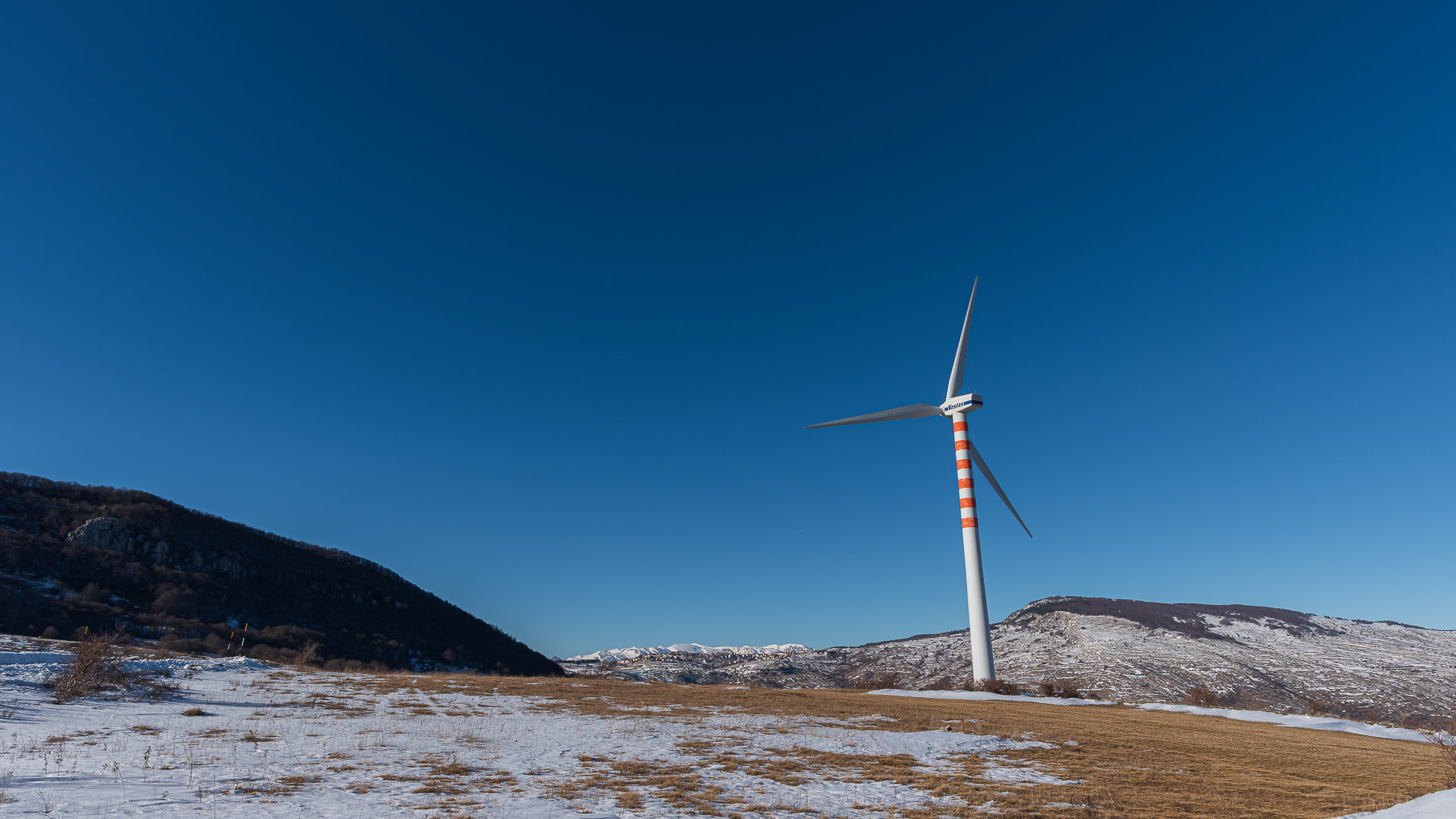
2022
Spectacular winter panorama 2022
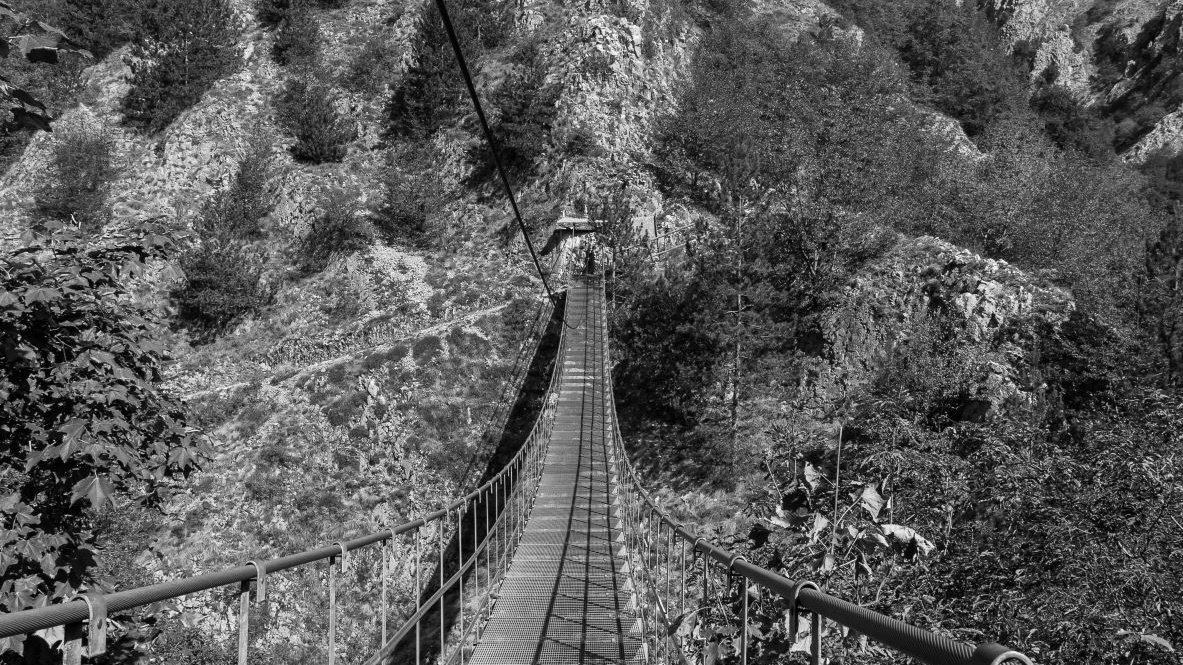
2021
Roccamandolfi. The Tibetan bridge
A metal bridge suspended in the air, 234 meters long and reaching 140 meters above ground level, has been installed near the Roccamandolfi Castle for some years now.
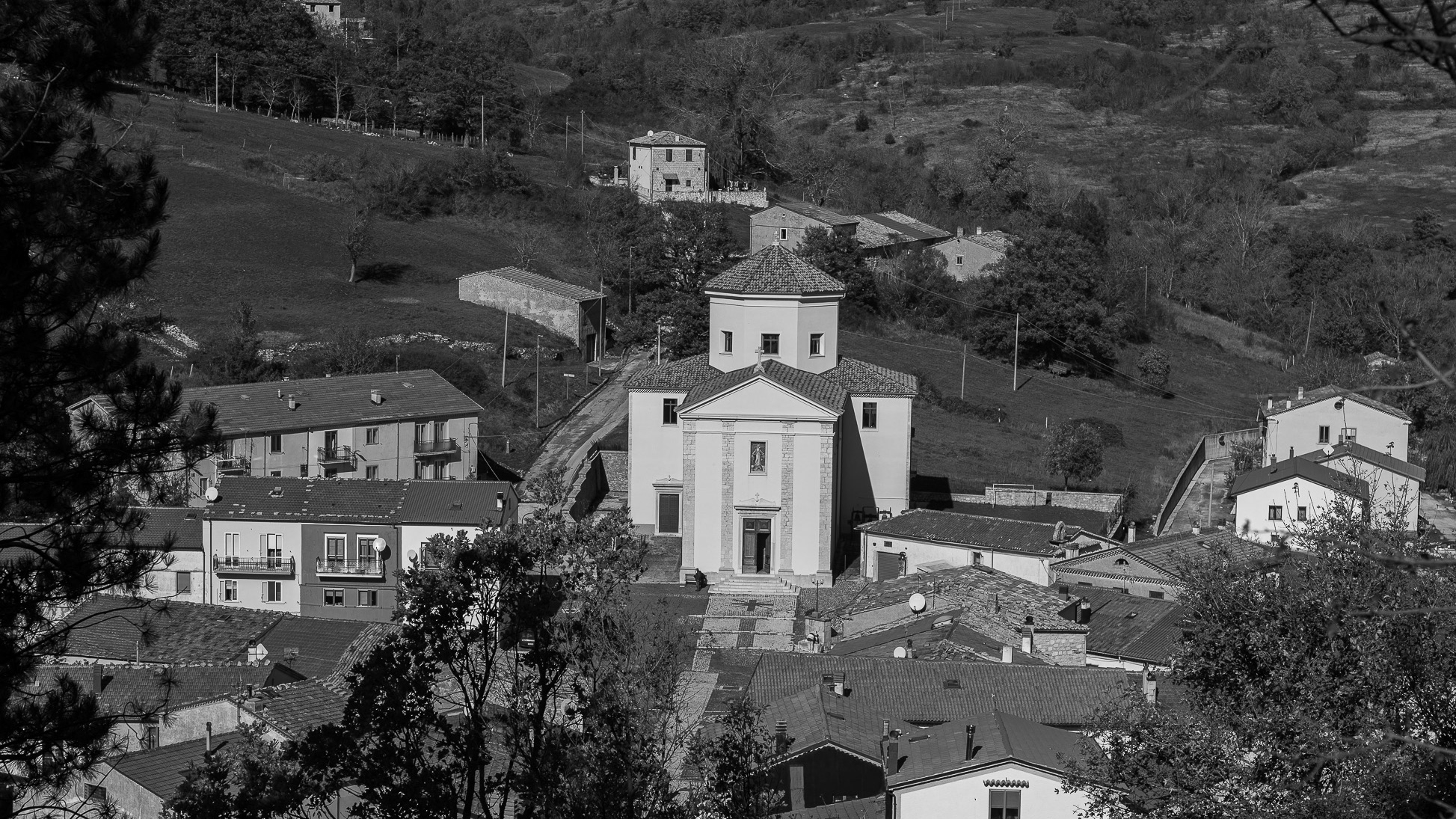
2022
Castiglione di Carovilli. The parish church.
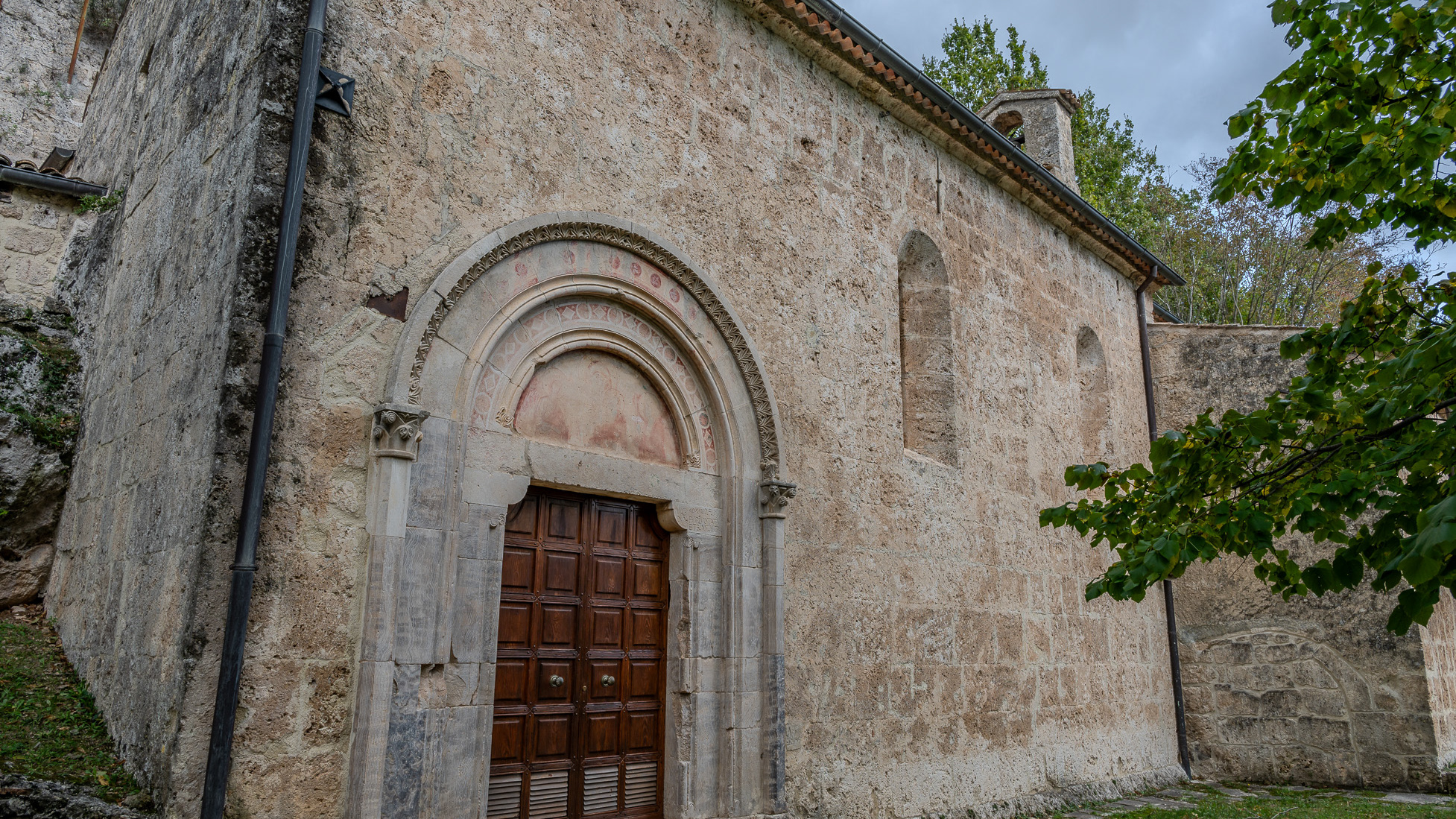
2023
Rocchetta in Volturno. Sanctuary of S. M. delle Grotte
Of Benedictine architecture, between the 13th and 14th centuries the Sanctuary, which is flanked by a monastery, represents a complex of very significant religious importance.
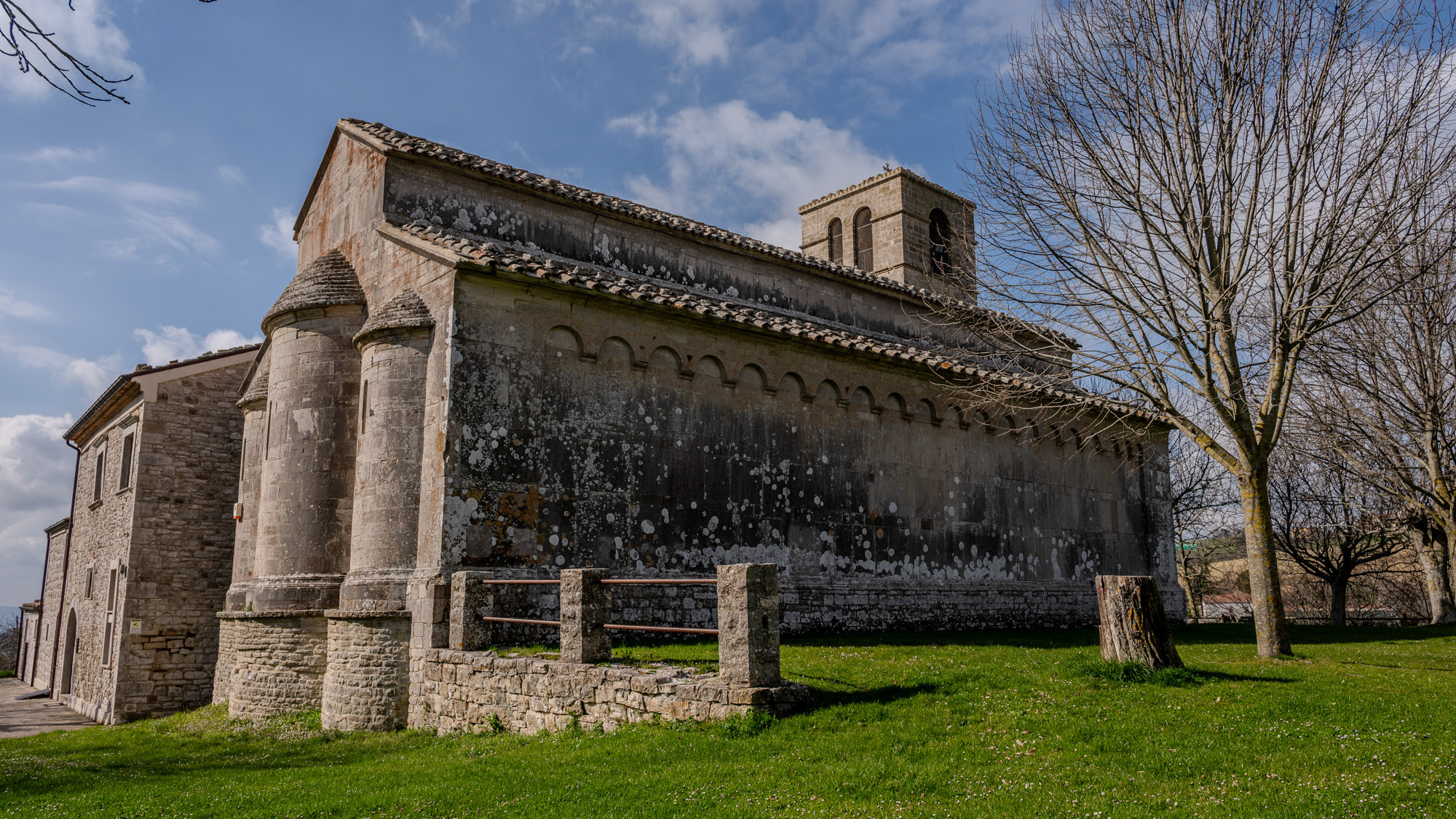
2024
Matrice. Chiesa di Santa Maria della Strada
Nostra Signora della Via (Italian: Santa Maria della Strada) is an abbey in the municipality of Matrice, Campobasso. The date of construction of the abbey is not known, but it was consecrated in August 1148 by Peter II, archbishop of Benevento. In 1153 it appears in a list of churches and monasteries under the jurisdiction of Peter II drawn up for Pope Anastasius IV. The first abbot may have been called Landulfus, as "Abbas Landulfus" was engraved on a paving stone inside the church. Nazzarius is named abbot in a document from 1176. His foundation has historically been linked to the monastery of Santa Sofia of Benevento, but there is no evidence to support this claim. It is possible that the great abbey of Montecassino was involved, but the fact that the abbey is not listed as a subject house in medieval documents casts doubt on this claim. The eponymous Santa Maria de Strata appears in a register of the Abbey's possessions, but is believed to refer to a separate monastery in the vicinity of San Germano.
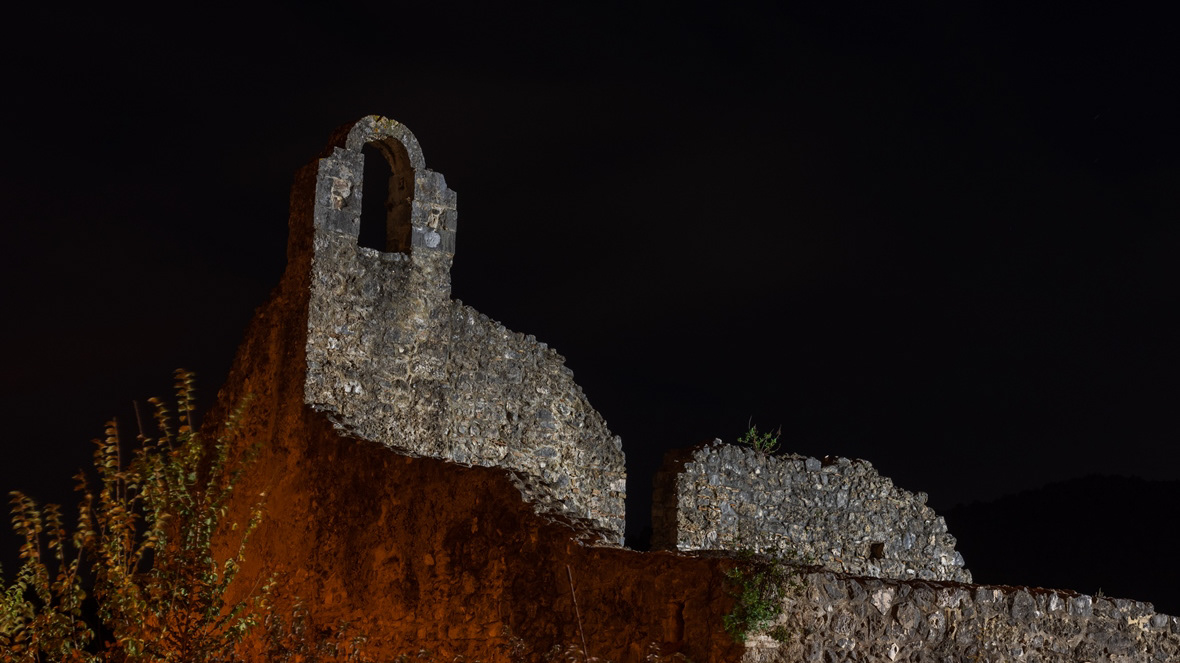
2018
Isernia, Il convento celestino di S. Spirito
